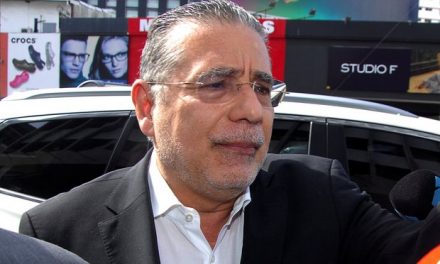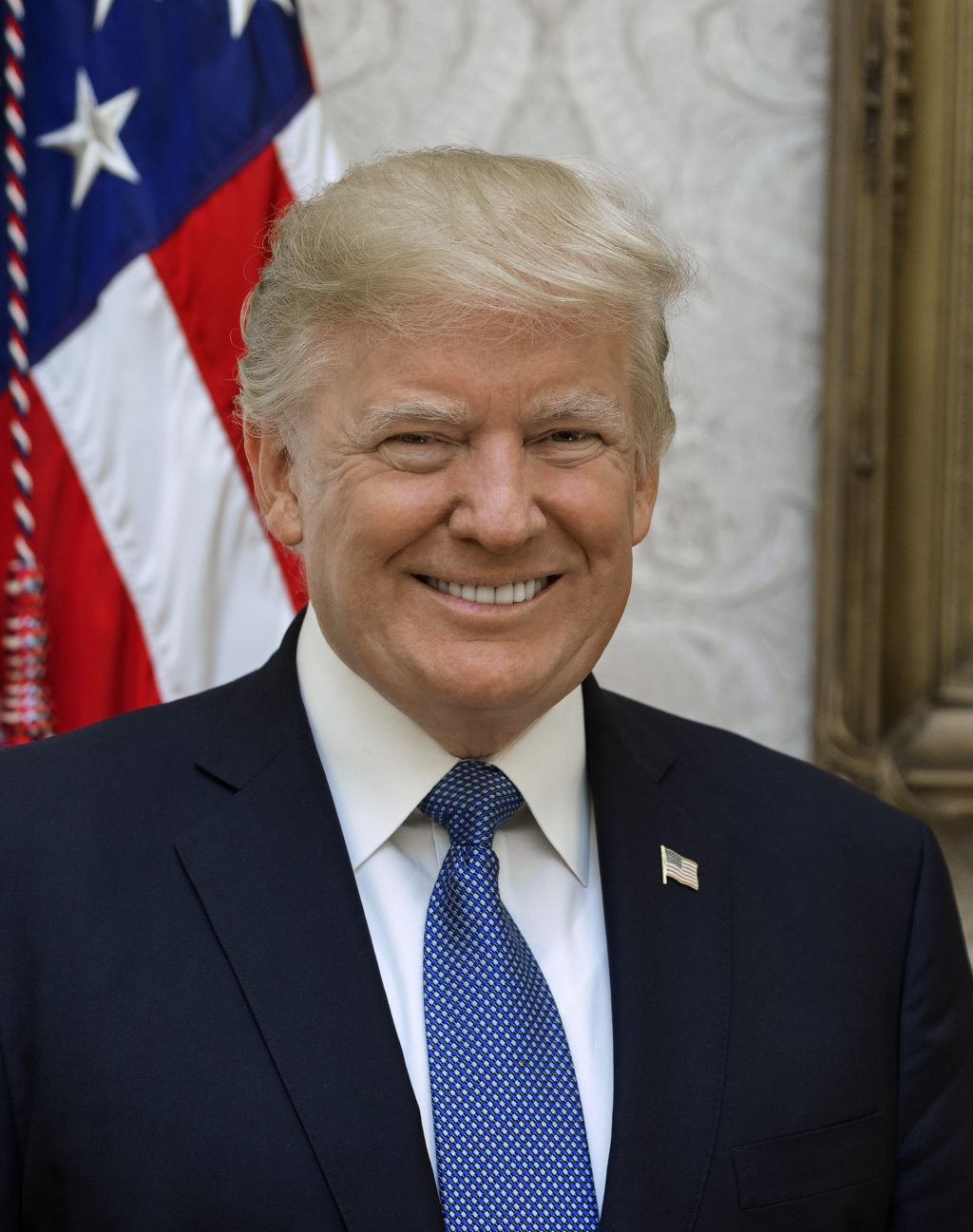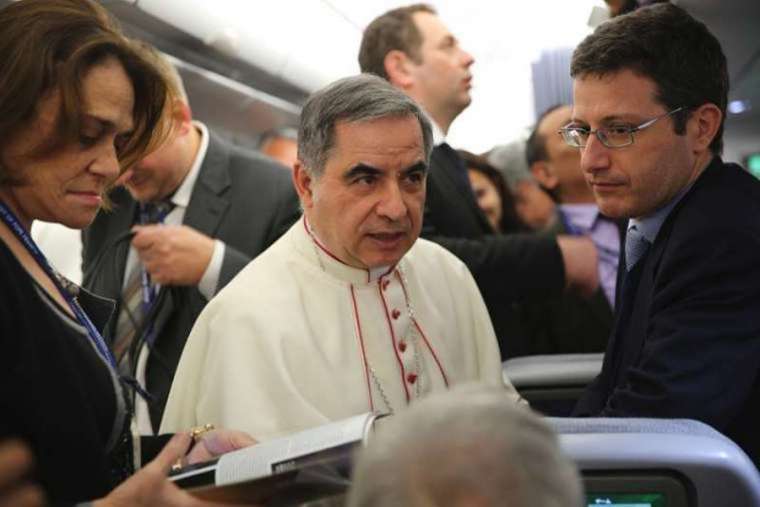17 March 2021
In late February, the New York Attorney General’s office (“NYAG”) reached a settlement of a fine of $18.5 million with Bitfinex and Tether on charges of financial mismanagement. As part of the settlement, Bitfinex and Tether agreed to cease trading with New York residents and entities, and will provide quarterly transparency reports to the NYAG. As part of the settlement, Bitfinex and Tether neither admit or deny any of the NYAG’s findings.
The NYAG alleged that Bitfinex and Tether tried to cover up a loss of $$850 million in customer funds. According to NYAG Tether’s stablecoin is supposed to be backed by reserves of one US dollar for every one Tether coin. But this was not the case.
AG said: “Tether’s claims that its virtual currency was fully backed by U.S. dollars at all times was a lie. These companies obscured the true risk investors faced and were operated by unlicensed and unregulated individuals and entities dealing in the darkest corners of the financial system.” This sums up how the public have been duped into dumping billions of hard earned money into such unregulated businesses.
A stablecoin is designed to maintain its value despite market volatility. Stablecoins are important for cryptocurrency traders. It allows traders to keep money in the cryptocurrency ecosystem while moving between trades, and also allows for a “safe haven” to park funds in the event of market downturn. This is a good concept for genuine investors who do not want to be affected by market volatility.
Users of Bitfinex were allowed to exchange freely fiat currency (e.g., US dollars, Euros, etc.) for virtual currency, and vice versa. This too is a good concept to be able to change funds under one roof. But the big mistake Bitfinex made was to put all the eggs in one basket. Bitfinex depended on third party processors for the deposits and withdrawals. But during 2017 and 2018, the banks were not willing to take on the activity of deposits and withdrawals in cryptocurrency as they considered it risky at that time.
In the early years Tether maintained banking relationship with Taiwanese banks with Wells Fargo acting as the correspondent bank. By March 2017, Wells Fargo declined to process any further US dollar wire transfers. At this time Tether had 51 million Tether in circulation. But the company continued to print coins at a rapid pace. By the end of May 2017, the amount of Tether had increased to 108 million.
Bitfinex relied on Crypto Capital Corp., a Panama-based institution, to process deposits and withdrawals for its users. At this point Bitfinex should have asked the question why was Crypto Capital able to covert the currencies freely while no one else could do it. Bitfinex should also have examined (due diligence) the financial standing of Crypto Capital. By May 2018, Crypto Capital held over $1 billion in funds from Bitfinex users. At least Bitfinex should have set a limit on the amount to be held by Crypto Capital. At that time Bitfinex’s turnover was around $1billion. In other words entire turnover was held by Crypto Capital.
In 2017 Bitfinex represented to the NYAG that it held approximately $382 million of Tether’s funds at this point in what appeared to be, at best, a commingled bank account with a Puerto Rican bank. Tether accounted for these funds as receivables from Bitfinex. By this time rumors started circulating that Tether did not have sufficient reserves to back up the newly printed coins. In June 2017 Tether engaged Friedman LLP to do an independent verification that Tether has sufficient funds to back its currency in circulation.
On the morning of September 15, 2017, Bitfinex transferred nearly $382 million from its own bank account, into an account in Tether’s name. Later that day, Friedman LLP verified that Tether had approximately $442 million in the bank. Friedman LLP did not investigate the money that was deposited on the very same day of its verification. Tether posted this misleading verification as a “Transparency Update” on its website.
In April 2018, reports began to surface that Crypto Capital was having regulatory issues and Poland was one of the first to freeze approximately $340 million in funds. After that other countries did the same. Crypto Capital assured Bitfinex that this was a temporary liquidity problem and that it would be sorted out soon and Bitfinex continued to trade with Crypto Capital. But Crypto Capital was in deep trouble.
In October 2019 U.S. Attorney’s Office of the Southern District of New York indicted Crypto Capital principal Oz Yosef on three criminal counts of conspiracy to commit bank fraud, bank fraud and conspiracy to operate an unlicensed money transmitting business. Crypto Capital’s funds were frozen. Of the funds seized from the banking solution platform, $880 million belonged to crypto exchange Bitfinex which maintained a relationship with the company. At the same time Crypto Capital president Ivan Manuel Molina Lee was extradited to Poland by Polish authorities on charges of money laundering. Lee is charged with laundering 1.5 billion zloty, or about $390 million.
Potential loss of hundreds of billions of dollars cries for some form of governmental or exchange regulations. Malta has become the first and only country to introduce an organized framework for cryptocurrency use. Three bills have been signed into law, and they are expected to change the way people see and use cryptocurrencies in the country. It would be a good idea for other countries follow the example of Malta.
Sources: blog.volklaw, news.bitcoin.com, coindesk and aberdeen.com















